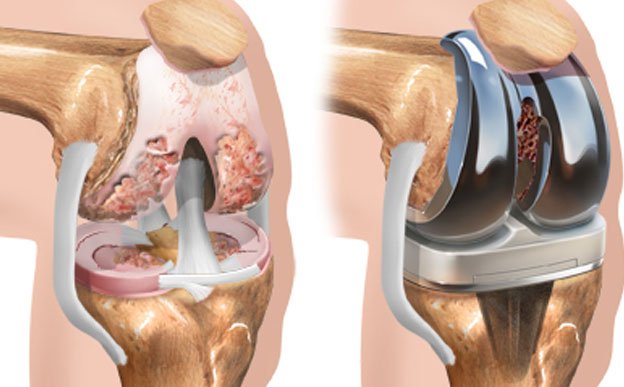
Joint replacement is the process of removing all or part of a damaged joint and replacing it with hardware to restore the limb's range of motion and eliminate discomfort. The new hardware is referred to as a prosthesis. These are created from a mix of ceramic, metal, plastic, or any of these materials. The majority of joint replacements are done to repair knee or hip degeneration brought on by arthritis. General anaesthesia is used during the surgery by orthopaedic surgeons.
The decision to replace a joint depends on several factors:
Joint replacement surgery bears the same risk of potential problems as any major procedure. There are slight chances that you might get anesthesia-related side effects, form a blood clot, or get an infection, for instance.
While having a chronic illness like heart disease or being overweight might increase the chances, acquiring a replacement joint is not prevented by age alone. The prosthesis might potentially malfunction, necessitating the need for a so-called revision treatment to repair it.
For joint replacements like those in the knee or hip, a day or two in the hospital is common. The muscles around the new joint can then get stronger with the aid of physical therapy. Depending on the kind and the person's degree of physical activity, joint hardware can endure for 15 to 20 years or more.